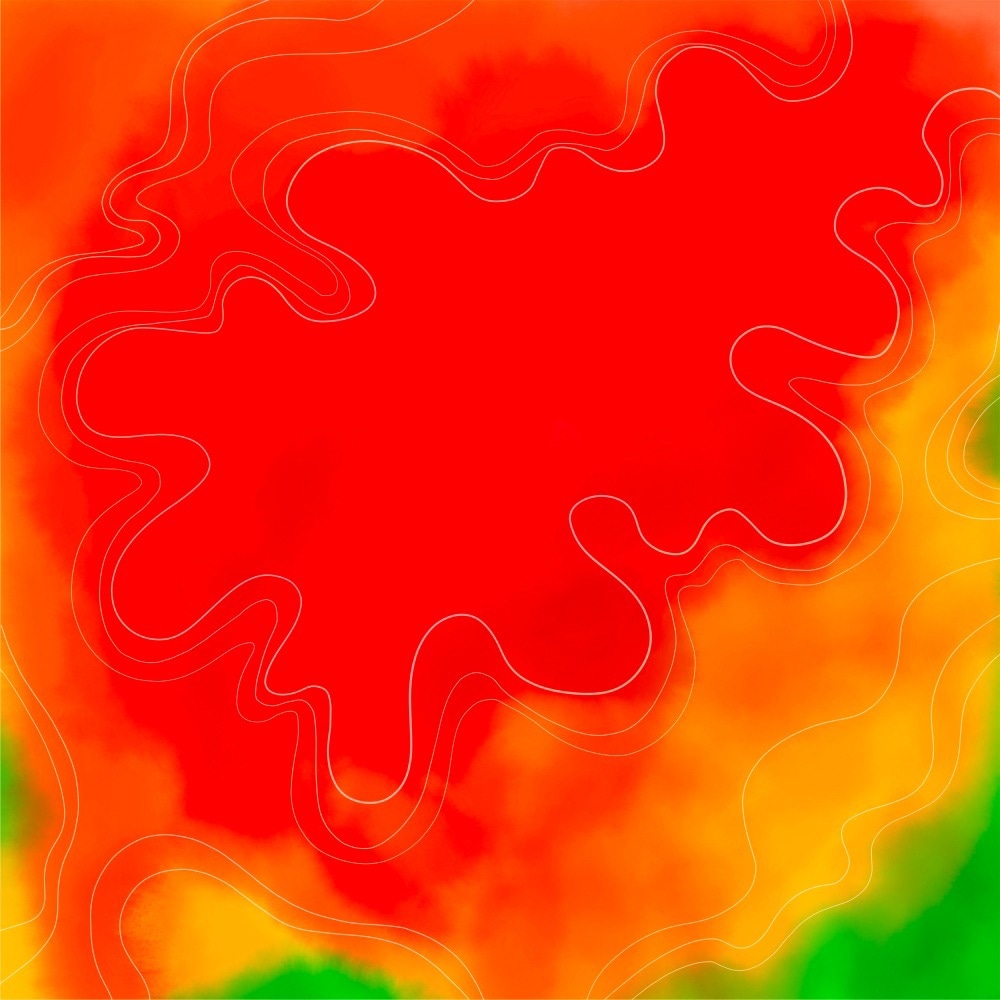Thermal analysis is a valuable tool for understanding the thermal transitions that refer to changes in a material's physical or chemical properties due to changes in temperature, including melting, crystallization, solid-state transitions, and decomposition. This article discusses the use of thermal analysis to understand thermal transitions and characterize different nanomaterials.

Image Credit: mspoint/Shutterstock.com
What is Thermal Transition?
As temperature increases, it is observed that low-molecular-weight materials undergo a transformation in their physical state which can be attributed to the changes in the energy levels of the molecules, which in turn affects their intermolecular interactions. The increase in temperature leads to an increase in the kinetic energy of the molecules, causing them to move more rapidly and collide with each other more frequently, weakening the intermolecular forces, and causing the material to transition from one state to another.
Importance of Thermal Analysis to Understand Thermal Transitions
Every phase transition is characterized by a significant alteration in the enthalpy. However, determining enthalpy changes can be quite costly, as it requires the use of expensive instruments. Therefore, alternative thermal analysis methods are typically utilized to ascertain the thermal transition of materials for their characterization.
One of the main benefits of thermal analysis is that it can be used to characterize different materials, including nanomaterials, that have unique properties compared to their bulk counterparts, making them useful in a wide range of applications, including electronics, medicine, and energy storage.
However, the thermal analysis of nanomaterials has some limitations in sample preparation since the thermal analysis signals can be affected by the presence of impurities or contaminants in the sample due to their small size and high surface area.
Thermal Analysis Techniques
The most commonly used thermal analysis techniques include differential scanning calorimetry (DSC) and thermogravimetric analysis (TGA), and thermal mechanical analysis (TMA); each provides different information about how a material behaves under changing temperature.
Differential Scanning Calorimetry (DSC) and Thermogravimetric Analysis (TGA)
DSC can be used to measure the specific heat capacity of a material, which is a measure of the amount of heat required to raise the temperature of the material by a certain amount which can be used to calculate the thermal conductivity of the material. Whereas TGA can assess the thermal stability of a material by measuring its weight loss during heating, indicating its ability to withstand high temperatures without decomposition or chemical alterations.
Phase Transition Behaviour of Nanomaterials
Nanomaterials often exhibit different phase transition behavior than ordinary materials, making understanding their thermal transition important for designing new materials with specific properties. For instance, nanoparticles' high surface area to volume ratio causes them to melt differently from their bulk materials. By studying the melting behavior of nanomaterials via DSC or TGA, researchers can design new materials with specific melting properties for use in thermal energy storage applications.
Relevant Studies
Thermal Analysis of Carbon-based Nanomaterials
Understanding carbon nanomaterials' synthesis and modification techniques, including graphene, carbon nanotubes, and carbon nanofibers, is very important due to their applications in various fields. Thermal analysis helps characterize the thermal behavior of the carbon nanomaterials, which determines these applications.
In a study published in 2020, researchers discussed the advantages of thermal analysis for the characterization of carbon nanomaterials. The researchers formulated important features on the DSC's data interpretation of graphene oxide and graphene dioxide and compared DSC and TGA data on graphene oxide thermal reduction.
Differential Scanning Calorimetry (DSC) to Observe Thermal Transitions of Chain Assemblies
Similarly, a 2010 study aimed to demonstrate the effectiveness of incorporating polyethylene glycol (PEG) into the nanochannels of porous coordination polymers (PCPs) and observed the thermal transitions of the chain assemblies using differential scanning calorimetry. The study's findings suggest that incorporating PEG into the nanochannels of PCPs can be a promising strategy for studying the thermal behavior of chain assemblies.
This research was significant because it focused on using polymers in advanced nanotechnology and molecular-scale devices. Specifically, it investigated the thermal behavior of polymers when confined to nanospaces, which is crucial for understanding how they can be used in these applications.
Future Prospects
The thermal analysis combined with other analytical techniques, including spectroscopy and microscopy, can provide a better understanding of the thermal transitions of nanomaterials in the future. For instance, combining DSC with infrared spectroscopy can provide information about the thermal effects of chemical changes. Similarly, combining TGA with electron microscopy can provide information about the material's morphology in the transition state.
In conclusion, thermal analysis is an effective method for comprehending materials' thermal behavior. It can be used to characterize both bulk and nanomaterials, revealing crucial details about their thermal characteristics and phase behavior. Furthermore, by providing information about thermal transitions, phase behavior, and thermal stability, thermal analysis can be used to design novel nanomaterials with application-specific properties, such as energy storage, electronics, medicine, and environmental science.
References and Further Reading
Alzate, M., Gamba, O., Daza, C., Santamaria, A., & Gallego, J. (2022). Iron/multiwalled carbon nanotube (Fe/MWCNT) hybrid materials characterization: thermogravimetric analysis as a powerful characterization technique. Journal of Thermal Analysis and Calorimetry. doi.org/10.1007/s10973-022-11446-w
Bannov, A. G., Popov, M. V., & Kurmashov, P. B. (2020). Thermal analysis of carbon nanomaterials: advantages and problems of interpretation. Journal of Thermal Analysis and Calorimetry. https://doi.org/10.1007/s10973-020-09647-2
Koshy, O., Subramanian, L., & Thomas, S. (2017). Differential scanning calorimetry in nanoscience and nanotechnology. In Thermal and rheological measurement techniques for nanomaterials characterization. Elsevier. pp. 109-122. https://www.sciencedirect.com/science/article/abs/pii/B9780323461399000050
Uemura, T., Yanai, N., Watanabe, S., Tanaka, H., Numaguchi, R., Miyahara, M. T., ... & Kitagawa, S. (2010). Unveiling thermal transitions of polymers in subnanometre pores. Nature Communications. https://doi.org/10.1038/ncomms1091
Disclaimer: The views expressed here are those of the author expressed in their private capacity and do not necessarily represent the views of AZoM.com Limited T/A AZoNetwork the owner and operator of this website. This disclaimer forms part of the Terms and conditions of use of this website.